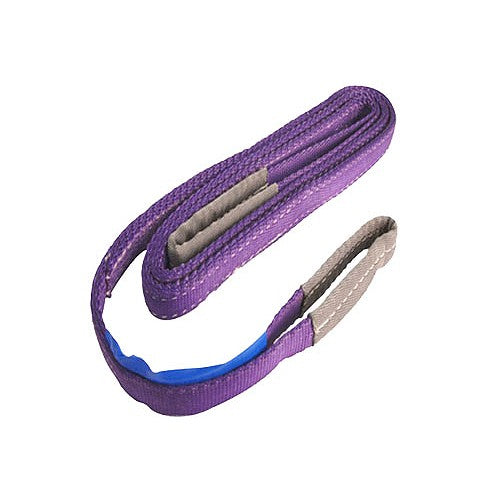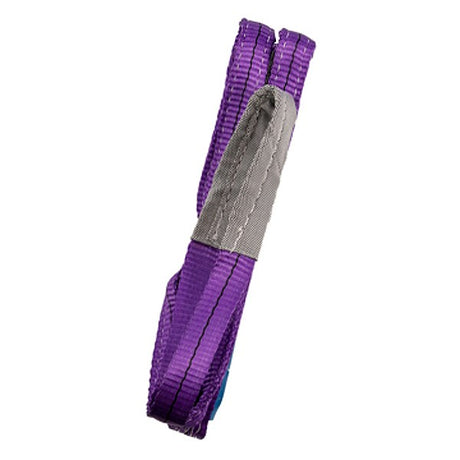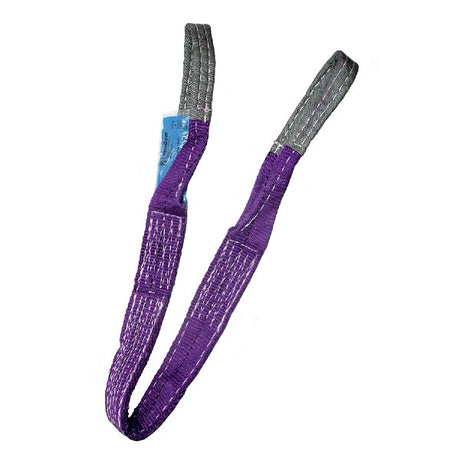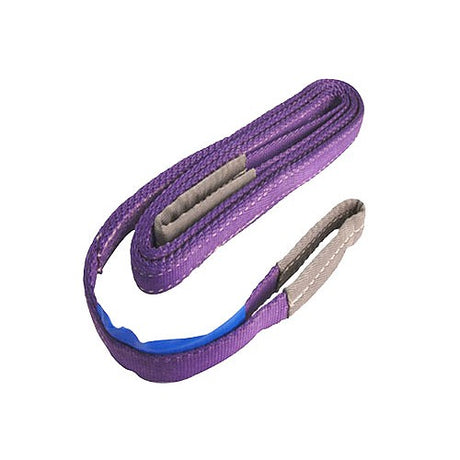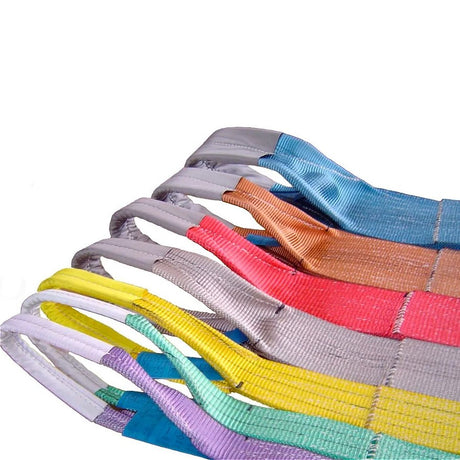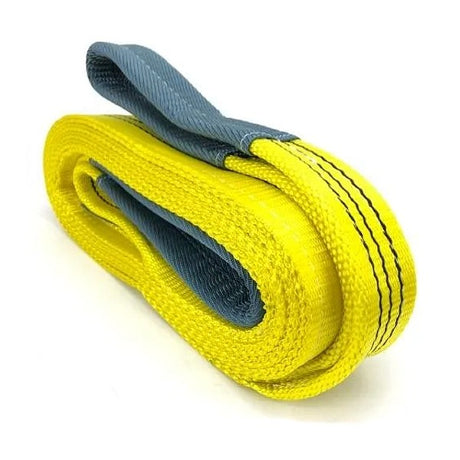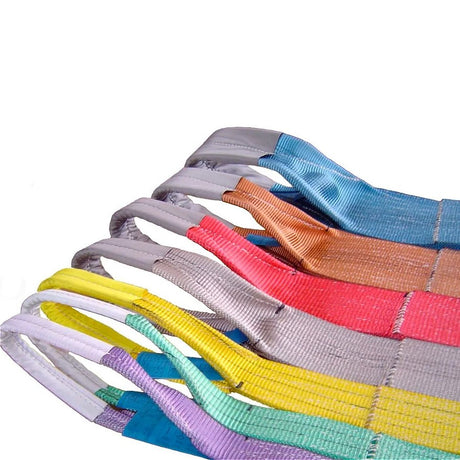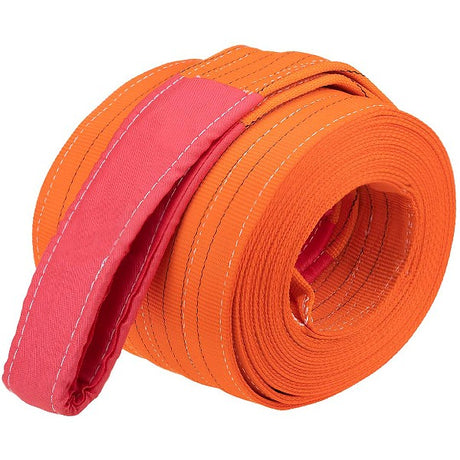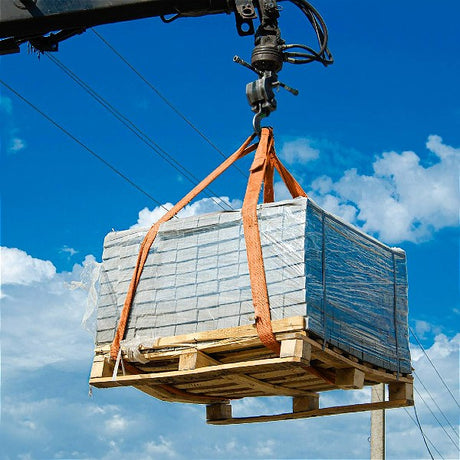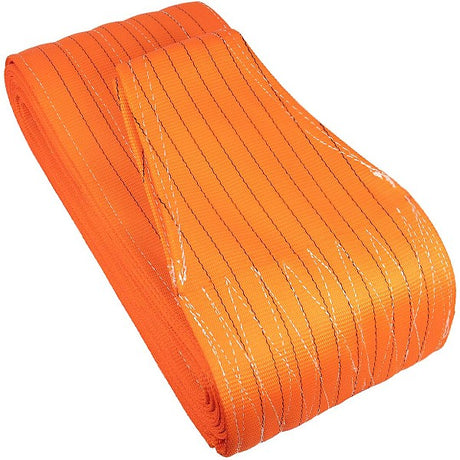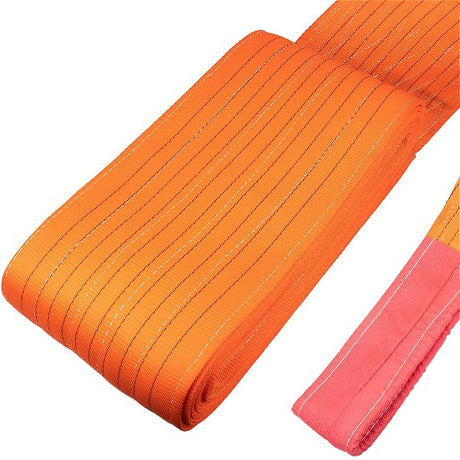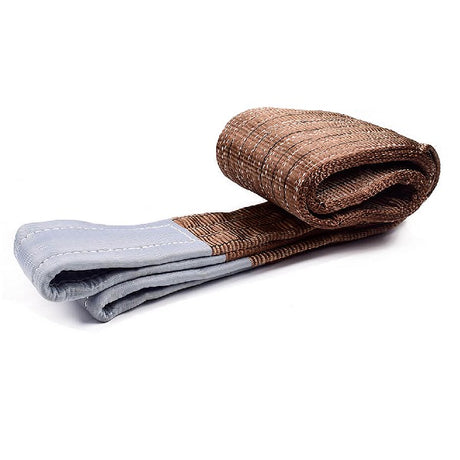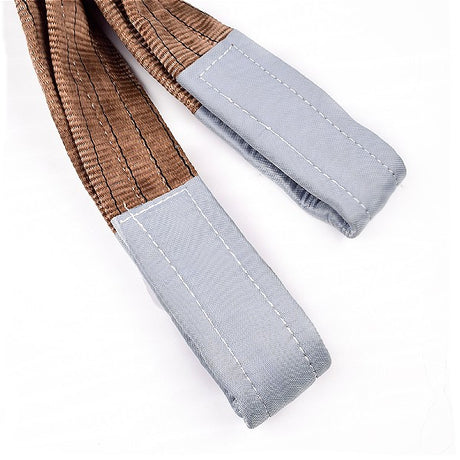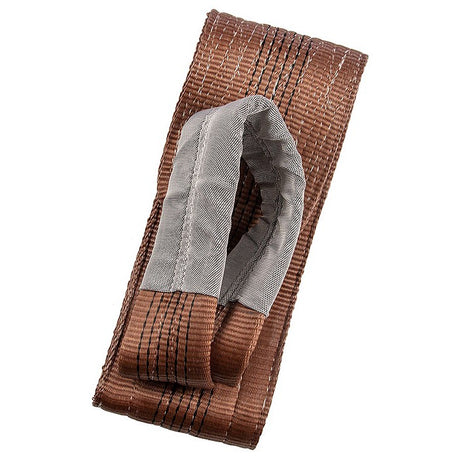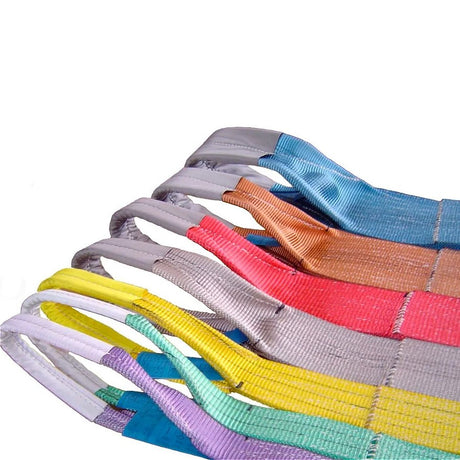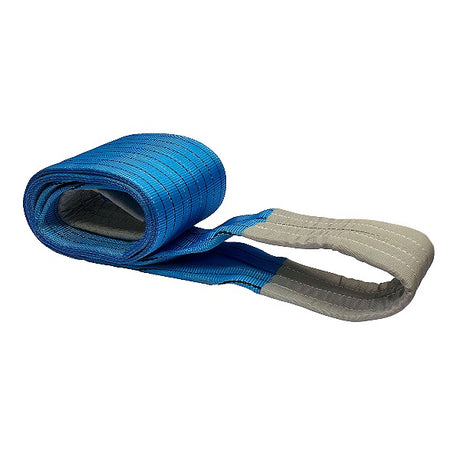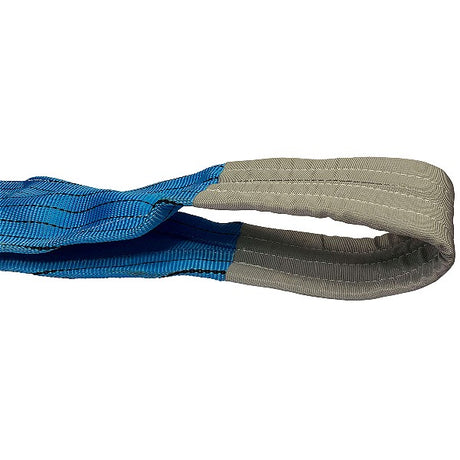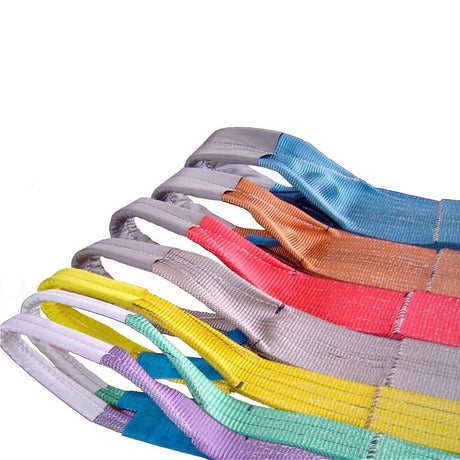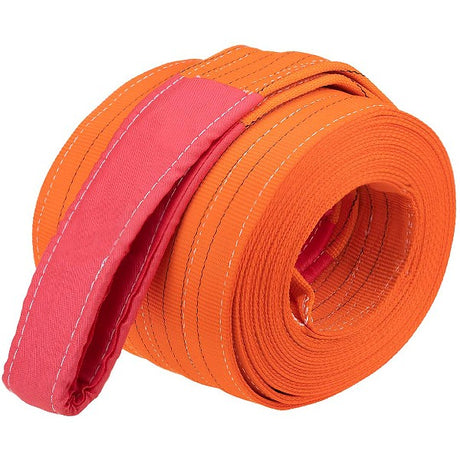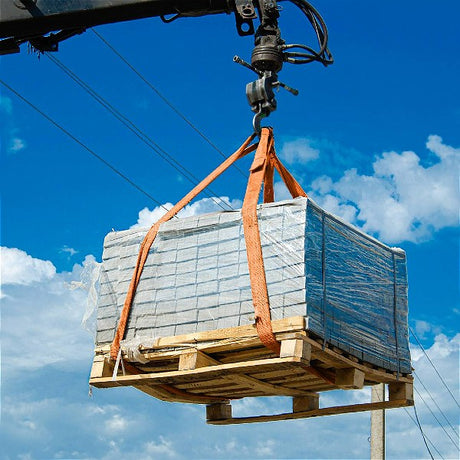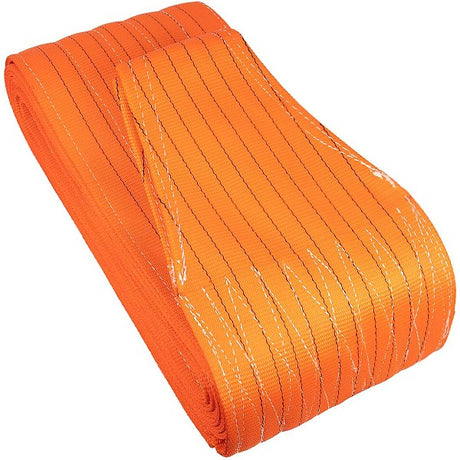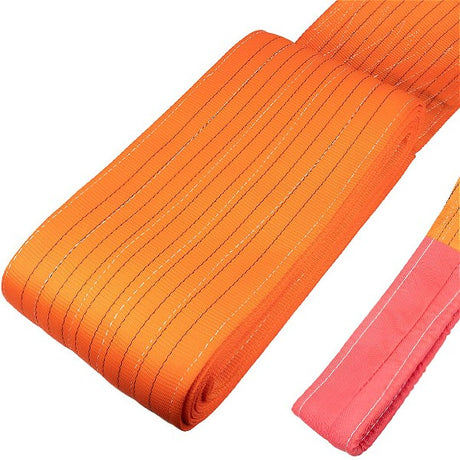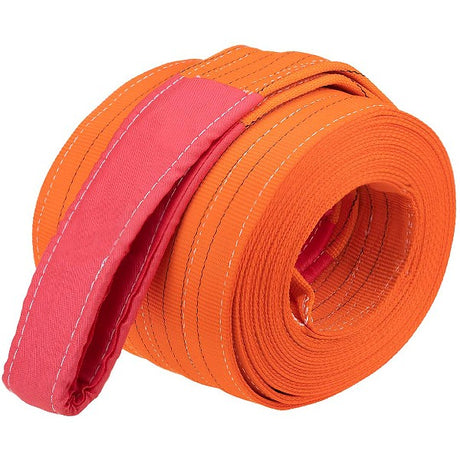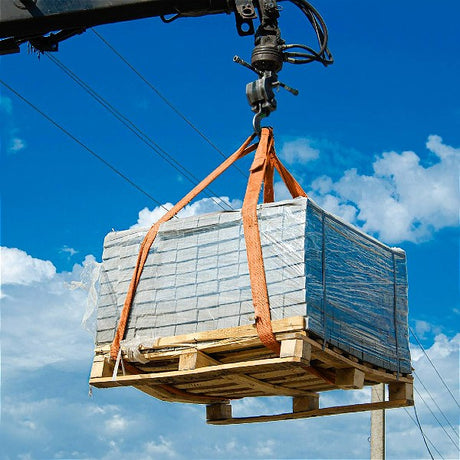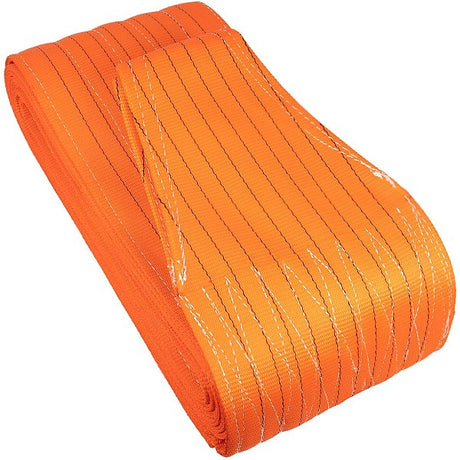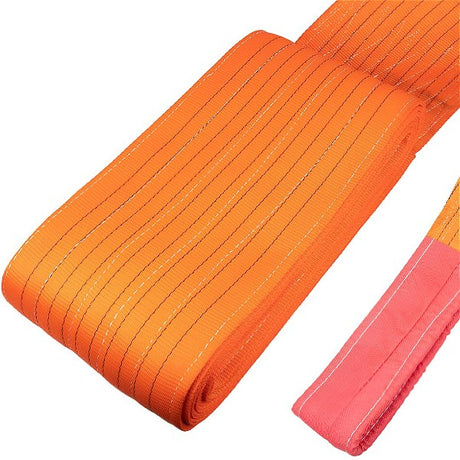Frequently Asked Questions
What are webbing slings and how are they used?
What are webbing slings and how are they used?
Webbing Slings are strong, flexible lifting aids made from synthetic fibres such as polyester. They are ideal for lifting, securing, and transporting a wide range of loads, particularly fragile or irregularly shaped items. Their lightweight design reduces strain on operators, while the soft material prevents damage to the load. Webbing slings are used extensively in construction, manufacturing, and logistics, and come in different types including endless, flat, and round slings, each suited to specific lifting methods.
How do I choose the right webbing sling for my load?
How do I choose the right webbing sling for my load?
Selecting the correct webbing sling depends on the load’s weight, shape, and lifting method. Always check the Safe Working Load (SWL), sling width, and type. For heavy or sharp edged loads, use protective sleeves or padding to prevent cuts or abrasion. Ensuring the sling is compatible with your lifting equipment improves safety, prevents damage, and prolongs the sling’s service life. Following manufacturer guidelines and proper handling procedures is key to safe and efficient lifting operations.
How should webbing slings be inspected before use?
How should webbing slings be inspected before use?
Before every lift, visually inspect webbing slings for fraying, cuts, chemical damage, or signs of wear. Check stitching, end fittings, and any protective sleeves for defects. Slings showing damage must be withdrawn from service immediately. Regular inspections, both visual and detailed, help meet UK safety regulations and prevent accidents. Maintaining inspection records demonstrates due diligence and ensures ongoing compliance with workplace health and safety standards.
Can webbing slings be repaired if damaged?
Can webbing slings be repaired if damaged?
No. Damaged webbing slings should never be repaired. Synthetic fibres lose strength even with minor cuts or abrasion, and attempting repairs can lead to catastrophic failure during lifting. The safest and most cost effective approach is to replace damaged slings with certified new ones. Proper storage, handling, and using the right sling for the load can extend the lifespan of webbing slings and reduce the risk of premature damage.
What safety tips should I follow when using webbing slings?
What safety tips should I follow when using webbing slings?
Always avoid sharp edges and corners that can cut or abrade the sling. Use protective padding where necessary and ensure the sling is correctly sized, not twisted, and securely attached to lifting points. Never exceed the rated Safe Working Load, and follow proper lifting techniques at all times. Training in correct sling usage, such as through the Web Slings Safety Awareness Course, helps reduce risk and ensures compliance with UK health and safety regulations.
How should webbing slings be stored to maintain safety?
How should webbing slings be stored to maintain safety?
Webbing slings should be stored in a clean, dry, and shaded area away from sunlight, chemicals, and heat sources. Keep them off rough surfaces and avoid stacking heavy items on top. Proper storage preserves the sling’s strength, prevents premature wear, and maintains safety for repeated lifting tasks. Implementing a clear storage system also simplifies inspections, helps with inventory management, and ensures that slings are ready for safe use when needed.

